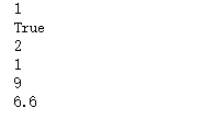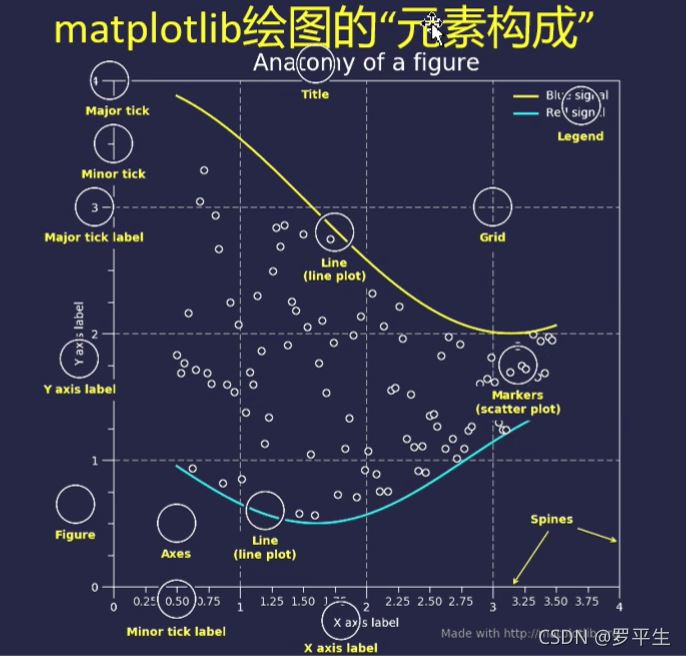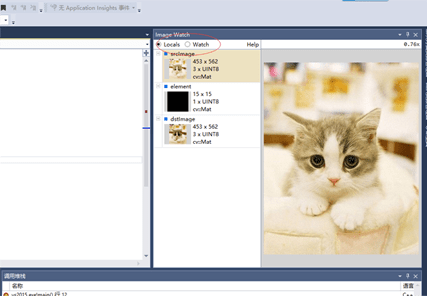前言
Python包含6种内置的序列:列表、元组、字符串 、Unicode字符串、buffer对象、xrange对象。在序列中的每个元素都有自己的编号。列表与元组的区别在于,列表是可以修改,而组元不可修改。理论上几乎所有情况下元组都可以用列表来代替。有个例外是但元组作为字典的键时,在这种情况下,因为键不可修改,所以就不能使用列表。
我们在一些统计工作或者分析过程中,有事会遇到要统计一个序列中出现最多次的元素,比如一段英文中,查询出现最多的词是什么,及每个词出现的次数。一遍的做法为,将每个此作为key,出现一次,value增加1。
例如:
morewords = ['why','are','you','not','looking','in','my','eyes'] for word in morewords: word_counts[word] += 1
collections.Counter 类就是专门为这类问题而设计的, 它甚至有一个有用的 most_common() 方法直接给了你答案。
collections模块
collections模块自Python 2.4版本开始被引入,包含了dict、set、list、tuple以外的一些特殊的容器类型,分别是:
- OrderedDict类:排序字典,是字典的子类。引入自2.7。
- namedtuple()函数:命名元组,是一个工厂函数。引入自2.6。
- Counter类:为hashable对象计数,是字典的子类。引入自2.7。
- deque:双向队列。引入自2.4。
- defaultdict:使用工厂函数创建字典,使不用考虑缺失的字典键。引入自2.5。
文档参见:http://docs.python.org/2/library/collections.html。
Counter类
Counter类的目的是用来跟踪值出现的次数。它是一个无序的容器类型,以字典的键值对形式存储,其中元素作为key,其计数作为value。计数值可以是任意的Interger(包括0和负数)。Counter类和其他语言的bags或multisets很相似。
为了演示,先假设你有一个单词列表并且想找出哪个单词出现频率最高。你可以这样做:
words = [
'look', 'into', 'my', 'eyes', 'look', 'into', 'my', 'eyes',
'the', 'eyes', 'the', 'eyes', 'the', 'eyes', 'not', 'around', 'the',
'eyes', "don't", 'look', 'around', 'the', 'eyes', 'look', 'into',
'my', 'eyes', "you're", 'under'
]
from collections import Counter
word_counts = Counter(words)
# 出现频率最高的3个单词
top_three = word_counts.most_common(3)
print(top_three)
# Outputs [('eyes', 8), ('the', 5), ('look', 4)]
另外collections.Counter还有一个比较高级的功能,支持数学算术符的相加相减。
>>> a = Counter(words)
>>> b = Counter(morewords)
>>> a
Counter({'eyes': 8, 'the': 5, 'look': 4, 'into': 3, 'my': 3, 'around': 2,
"you're": 1, "don't": 1, 'under': 1, 'not': 1})
>>> b
Counter({'eyes': 1, 'looking': 1, 'are': 1, 'in': 1, 'not': 1, 'you': 1,
'my': 1, 'why': 1})
>>> # Combine counts
>>> c = a + b
>>> c
Counter({'eyes': 9, 'the': 5, 'look': 4, 'my': 4, 'into': 3, 'not': 2,
'around': 2, "you're": 1, "don't": 1, 'in': 1, 'why': 1,
'looking': 1, 'are': 1, 'under': 1, 'you': 1})
>>> # Subtract counts
>>> d = a - b
>>> d
Counter({'eyes': 7, 'the': 5, 'look': 4, 'into': 3, 'my': 2, 'around': 2,
"you're": 1, "don't": 1, 'under': 1})
>>>
参考文档:
https://docs.python.org/3/library/collections.html
总结
以上就是这篇文章的全部内容了,希望本文的内容对大家的学习或者工作具有一定的参考学习价值,如果有疑问大家可以留言交流,谢谢大家对的支持。





